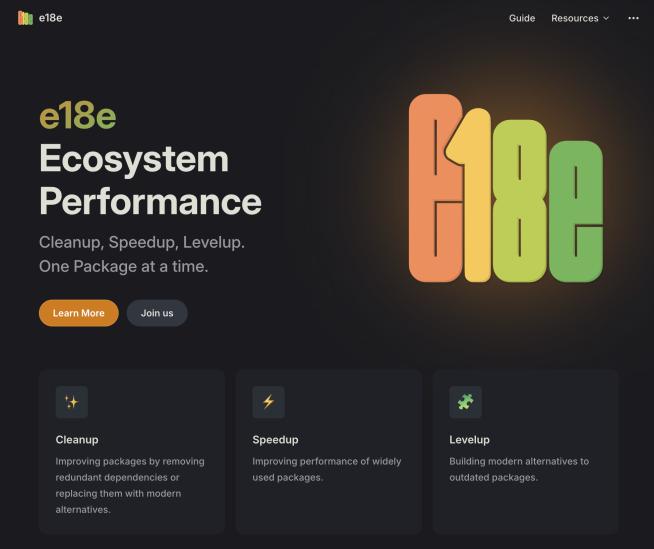@segment/analytics-node
https://www.npmjs.com/package/@segment/analytics-node
OFFICIAL DOCUMENTATION (FULL)
LEGACY NODE SDK MIGRATION GUIDE:
Runtime Support
- Node.js >= 14
- AWS Lambda
- Cloudflare Workers
- Vercel Edge Functions
- Web Workers (experimental)
Quick Start
Install library
npm install @segment/analytics-node
yarn add @segment/analytics-node
pnpm install @segment/analytics-node
Usage
Assuming some express-like web framework.
import { Analytics } from '@segment/analytics-node'
const { Analytics } = require('@segment/analytics-node')
const analytics = new Analytics({ writeKey: '<MY_WRITE_KEY>' })
app.post('/login', (req, res) => {
analytics.identify({
userId: req.body.userId,
previousId: req.body.previousId
})
res.sendStatus(200)
})
app.post('/cart', (req, res) => {
analytics.track({
userId: req.body.userId,
event: 'Add to cart',
properties: { productId: '123456' }
})
res.sendStatus(201)
});
Settings & Configuration
See the documentation: https://segment.com/docs/connections/sources/catalog/libraries/server/node/#configuration
You can also see the complete list of settings in the AnalyticsSettings interface.
Plugin Architecture
Usage in non-node runtimes
Usage in AWS Lambda
- AWS lambda execution environment is challenging for typically non-response-blocking async activites like tracking or logging, since the runtime terminates / freezes after a response is emitted.
Here is an example of using analytics.js within a handler:
const { Analytics } = require('@segment/analytics-node');
const analytics = () => new Analytics({
flushAt: 1,
writeKey: '<MY_WRITE_KEY>',
})
.on('error', console.error);
module.exports.handler = async (event) => {
...
await new Promise((resolve) =>
analytics().track({ ... }, resolve)
)
...
return {
statusCode: 200,
};
....
};
Usage in Vercel Edge Functions
import { Analytics } from '@segment/analytics-node';
import { NextRequest, NextResponse } from 'next/server';
export const analytics = new Analytics({
writeKey: '<MY_WRITE_KEY>',
flushAt: 1,
})
.on('error', console.error)
export const config = {
runtime: 'edge',
};
export default async (req: NextRequest) => {
await new Promise((resolve) =>
analytics.track({ ... }, resolve)
);
return NextResponse.json({ ... })
};
Usage in Cloudflare Workers
import { Analytics, Context } from '@segment/analytics-node';
export default {
async fetch(
request: Request,
env: Env,
ctx: ExecutionContext
): Promise<Response> {
const analytics = new Analytics({
flushAt: 1,
writeKey: '<MY_WRITE_KEY>',
}).on('error', console.error);
await new Promise((resolve, reject) =>
analytics.track({ ... }, resolve)
);
...
return new Response(...)
},
};
OAuth 2
In order to guarantee authorized communication between your server environment and Segment's Tracking API, you can enable OAuth 2 in your Segment workspace. To support the non-interactive server environment, the OAuth workflow used is a signed client assertion JWT. You will need a public and private key pair where the public key is uploaded to the segment dashboard and the private key is kept in your server environment to be used by this SDK. Your server will verify its identity by signing a token request and will receive a token that is used to to authorize all communication with the Segment Tracking API.
You will also need to provide the OAuth Application ID and the public key's ID, both of which are provided in the Segment dashboard. You should ensure that you are implementing handling for Analytics SDK errors. Good logging will help distinguish any configuration issues.
import { Analytics, OAuthSettings } from '@segment/analytics-node';
import { readFileSync } from 'fs'
const privateKey = readFileSync('private.pem', 'utf8')
const settings: OAuthSettings = {
clientId: '<CLIENT_ID_FROM_DASHBOARD>',
clientKey: privateKey,
keyId: '<PUB_KEY_ID_FROM_DASHBOARD>',
}
const analytics = new Analytics({
writeKey: '<MY_WRITE_KEY>',
oauthSettings: settings,
})
analytics.on('error', (err) => { console.error(err) })
analytics.track({ userId: 'foo', event: 'bar' })



